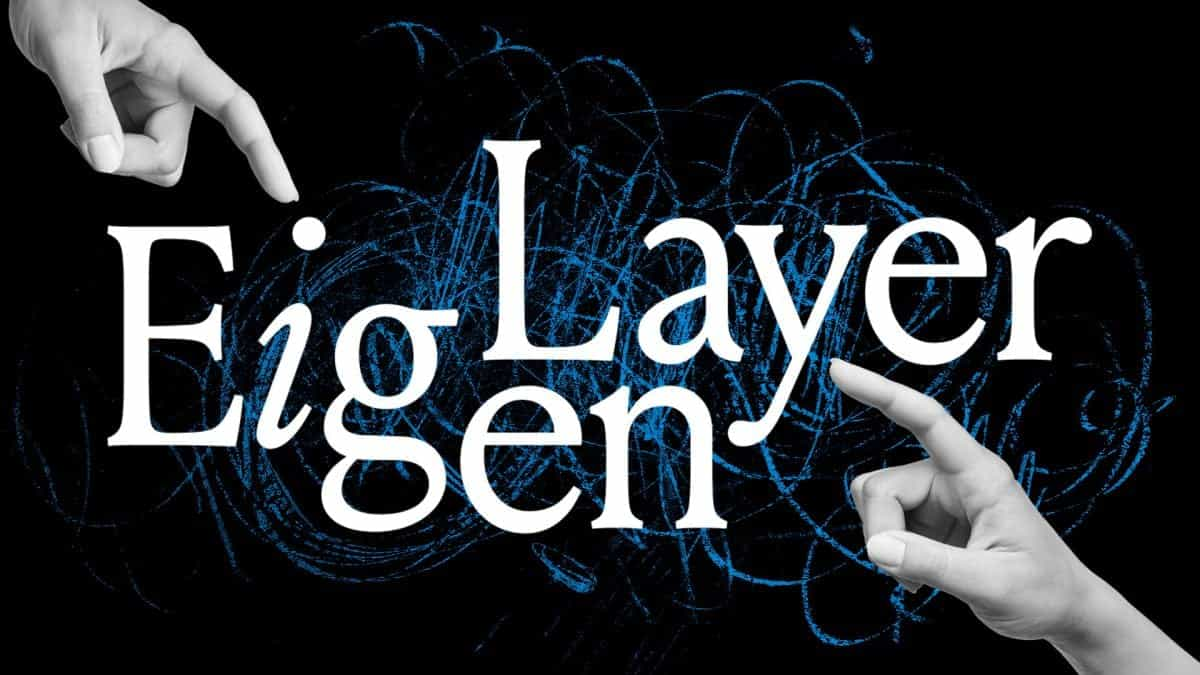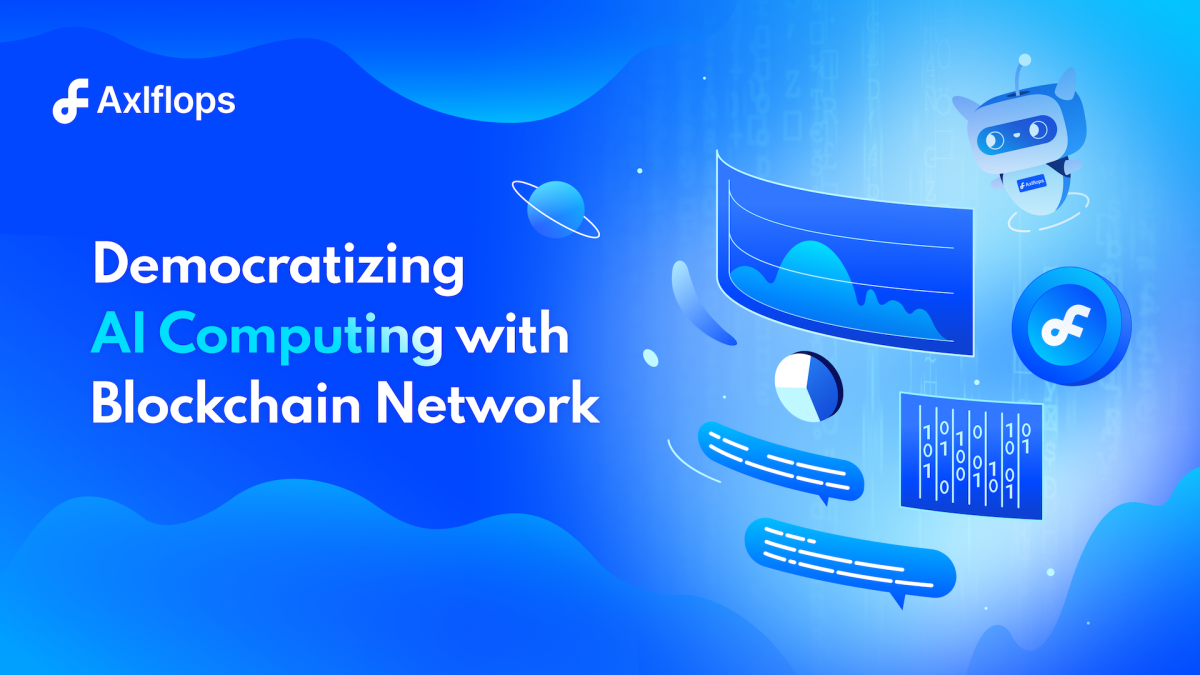Could potential technical glitches affect The Merge?

Quick Take
- Here are the issues that Ethereum may potentially face during The Merge.
- While some minor problems may emerge, developers have taken steps to prevent a complete disruption.

Set to go live in the coming hours, The Merge will be a significant moment for Ethereum. The event will swap Ethereum’s consensus approach from proof of work to proof of stake.
It will also lay the groundwork for future scaling upgrades on Ethereum. During the upgrade codenamed "Paris," miners will stop producing blocks, and validators will take over this task.
Getting to The Merge has taken years of work as swapping consensus is a complicated task. For this reason, Ethereum developers spent years coding and later conducted a series of rehearsals in order to prepare.
Ethereum currently exists as two chains: the proof-of-work mainnet (execution layer), and the proof-of-stake Beacon Chain (consensus layer).
During The Merge, these two will become inextricably linked. When that happens, the first block after The Merge will be finalized using proof of stake consensus. The process is considered complex and could encounter unforeseen issues or minor technical glitches, Ethereum core members have previously stated.
In fact, Ethereum researcher Justin Drake said in an interview with Time that he anticipated general technical glitches. Drake clarified that such glitches will not pose a systemic risk to the upgrade or the project.
What could happen?
So what are these issues that Ethereum may potentially have to face during The Merge?
Isidoros Passadis, master of validators at Lido Finance, has classified them into multiple types. The first type, according to Passadis, can be general technical glitches common with software upgrades.
“With any software upgrade, we have to anticipate possible bugs, technical glitches, or general hiccups. This is reasonable anticipation and one the community needs to make peace with,” Passadis said in a statement shared with The Block.
Another possible issue relates to the ability of Ethereum nodes to actually execute the upgrade. Passadis said that the possibility that nodes may fail during the transition is not out of the question.
For the Merge to be successful, the majority of node operators would have to come to a consensus and be synced with each other. Every node runs a client to interact with the Ethereum network to broadcast and verify transactions. If this process is interrupted due to bugs in client software, The Merge could be potentially disrupted.
During previous dress rehearsals for The Merge, client teams uncovered bugs that caused some nodes to temporarily fail or skip blocks.
To counter the effects of the failure of one client, Ethereum developers have adopted the strategy of “client diversity” where the chain relies on multiple types of client software used to run nodes. This reduces the chances of a complete failure of The Merge.
The clients on the execution layer include Geth, Erigon, Besu and Nethermind. Meanwhile, the Beacon Chain uses Teku, Prysm, Nimbus and Lighthouse as clients.
"Ethereum has undergone three testnet Merges, numerous shadow forks and there are multiple client teams working alongside each other to implement the code successfully," Passadis clarified.
Anthony Sassano, the founder of ETHHub, explained in a YouTube video node issues may ultimately be a “nothingburger.” Sassano later clarified that as long as a majority of node operators participate, the Merge will be finalized.
The upgrade, according to Sassano, will require a minimum participation of 66% Ethereum node operators on both layers. So, even if there’s a bug affecting one client software, other clients can sustain the network against an outage.
© 2023 The Block. All Rights Reserved. This article is provided for informational purposes only. It is not offered or intended to be used as legal, tax, investment, financial, or other advice.



